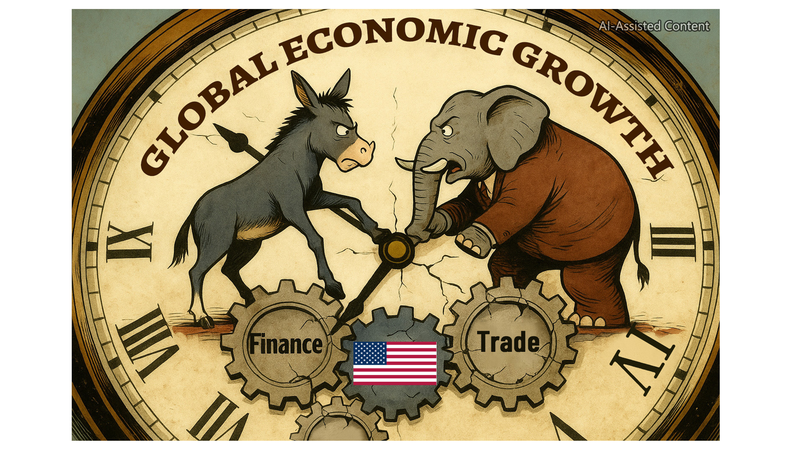The U.S. government shutdown has entered its longest stretch in history since October 1. As agency doors stay closed and paperwork stalls, an unexpected ripple is spreading far beyond Washington, reaching boardrooms, farms, and families around the world.
Domestically, hundreds of thousands of federal employees face furloughs, slowing services from tax processing to national parks. This slowdown dents consumer confidence and slows spending, hitting local businesses that rely on predictable government outlays.
But the effects don’t stop at U.S. borders. Exporters in Europe and Asia are seeing delayed approvals, while supply chains for components in sectors like automotive and medical devices are jittery. Canadian farmers report hold-ups in grain exports, and tech firms await green lights on critical licenses.
Financial markets have also felt the strain. Delayed Treasury auctions and mixed signals from policymakers have fueled volatility in currency and bond markets. Investors are recalibrating risk, shifting portfolios as uncertainties in U.S. fiscal policy mount.
Startup founders and small businesses in emerging markets are collateral damage too. A freeze on loan guarantees and reduced export credit threatens growth in economies from Southeast Asia to Latin America, where access to U.S.-backed financing has been a growth engine.
Analysts warn that a prolonged shutdown could shave off global growth and undermine cooperation on issues like climate, trade deals, and health initiatives. When the world’s largest economy hits pause, projects and partnerships everywhere feel the squeeze.
For young global citizens, entrepreneurs, and hikers planning trips, the shutdown is a real-world reminder of how political gridlock in one capital can ripple across continents. The world is watching Washington—and paying the price until the lights come back on.
Reference(s):
cgtn.com




